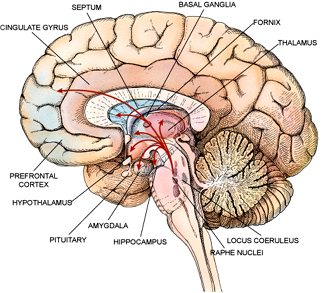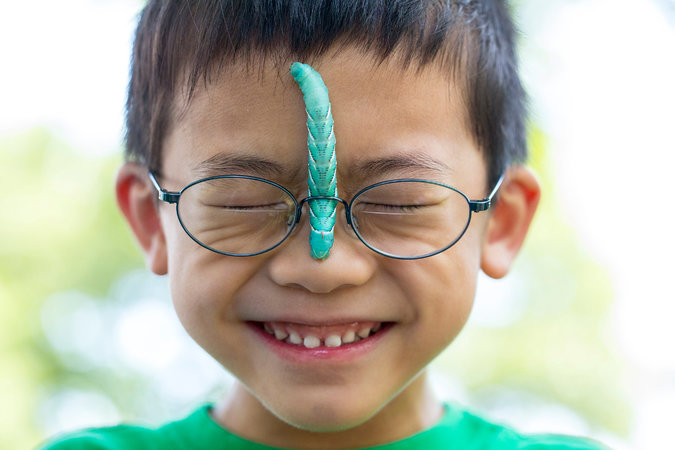Now that you have a better understanding of what entomophobia is and how you can help your child, this post will help you to understand what is going on inside your child’s brain.
To begin to figure this out, scientific researchers have used techniques called PET scans (positron emission tomography) or fMRI scans (functional magnetic resonance imaging). These two techniques are essentially brain scans which show researchers what areas of the brain are being activated at a given time. At a very basic level, a researcher could show an entomophobic child a photo of a bumble bee while they are hooked up to a PET scan and see what areas of the brain begin to become activated. Here is what they have found…
The amygdala, a small structure in the brain’s temporal lobes, is involved in decoding our emotions, particularly those that make us feel threatened (or things that we perceive as threatening). Information from many parts of our brain send sensory information to the amygdala; this information comes from parts such as the thalamus (‘hub’ of sensory information, among other things), hippocampus (structure involved in storing memories) and prefrontal cortex (involved in executive functioning such as decision making, moderating social behaviors, personality).
Once our brain receives information, it is our prefrontal cortex that interprets this as “danger”. For many stimuli and situations out there, we are biologically programmed to fear these things: it is simply natural. That being said, in an anxious or phobic person, their prefrontal cortex interprets stimuli as dangerous or fearful even when they are not.

Hopefully that is a simplified version in helping you understand the basics of your child’s brain! The most important thing to understand is that there is nothing “wrong” with your child’s brain. It is simply acting in overdrive.
